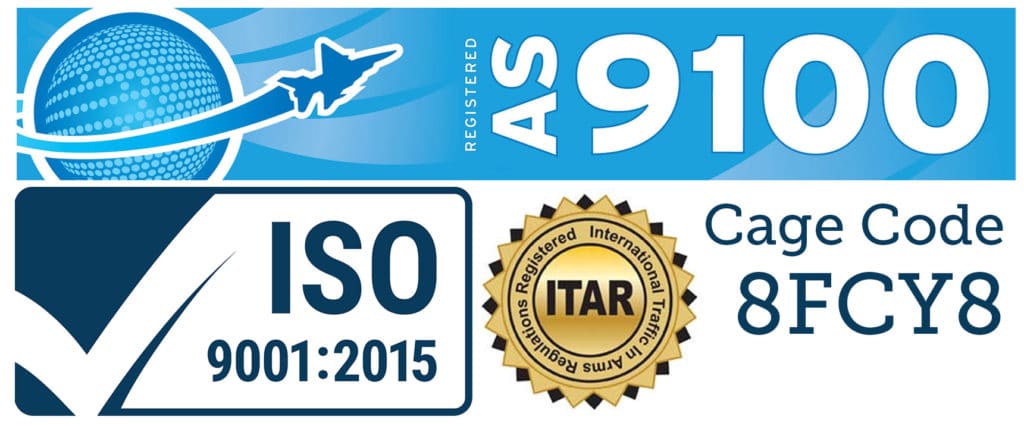Nickel 205 (N02205)
Nickel 205 a wrought nickel alloy. Its properties are similar to nickel 200. It exhibits excellent mechanical, electrical, and corrosion-resistant properties.
The following datasheet gives an overview of Nickel 205.
3Chemical Composition
| Element | Content(%) |
| Nickel (Ni) | ≥99% |
| Manganese (Mn) | ≤0.35% |
| Iron (Fe) | ≤0.2% |
| Silicon (Si) | ≤0.15% |
| Copper (Cu) | ≤0.15% |
| Carbon (C) | ≤0.15% |
| Magnesium (Mg) | 0.01 – 0.08 |
| Titanium (Ti) | 0.01 – 0.05 |
| Sulfur (S) | ≤0.008% |
Physical Properties
| Properties | Metric | Imperial |
| Density | 8.89 g/cm³ | 0.321 lb./in³ |
Mechanical Properties
| Properties | Metric | Imperial |
| Tensile Strength (annealed) | 345 MPa | 50000 psi |
| Yield Strength (annealed) | 90 MPa | 13100 psi |
| Elastic Modulus | GPa | Ksi |
| Poisson’s Ratio | ||
| Elongation at Break (annealed) | 45% | 45% |
| Hardness, Rockwell B | ||
| Hardness, Brinell |
Thermal Properties
| Properties | Metric | Imperial |
| Thermal Expansion (@ 20 – 100°C/68 – 212°F) | 13.3 µm/m°-C | 7.93 µin/in°F |
| Thermal Conductivity | 75 W/mK | 521 BTU in/hr.ft².°F |
Fabrication and Heat Treatment
Machinability
Nickel 205 can be machined with high-speed steel tools.
Welding
205 can be welded using all common techniques.
Heat Treatment
This nickel alloy is not heat treatable. It may be annealed after cold working.
Hot Working
Do not hot work from 677°C (1250°F) to 1204°C (2200°F).
Cold Working
Nickel 205 is readily cold-worked.
Annealing
Anneal at 871°C (1600°F).
Applications
Nickel 205 is used in the following applications:
Address
Vulcan Metal Group LLC
23888 Madison Street
Torrance, CA 90505
United States
Phone / Fax
Phone: +1 310.882.6841
Fax: +1 310.893.0579
Cage Code
8FCY8
Quality Policy: Vulcan Metal Group, LLC. supplies mission critical, special purpose materials, and products at a competitive price. The company’s quality system is registered to ISO 9001 and AS9100 and follows its principles for the governance of the business. An active continual improvement program and compliance with all applicable OSHA, federal, and state regulations is maintained.


